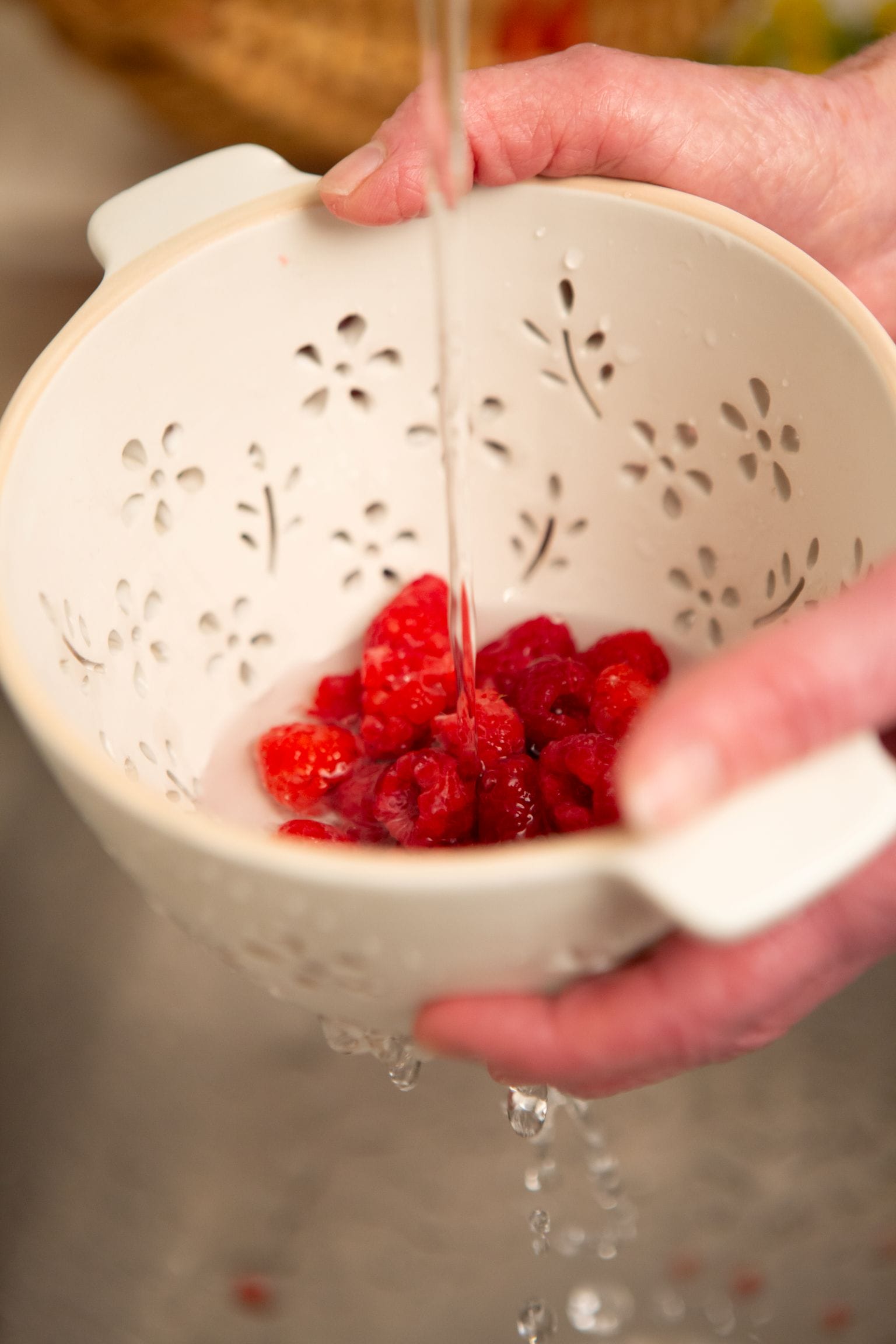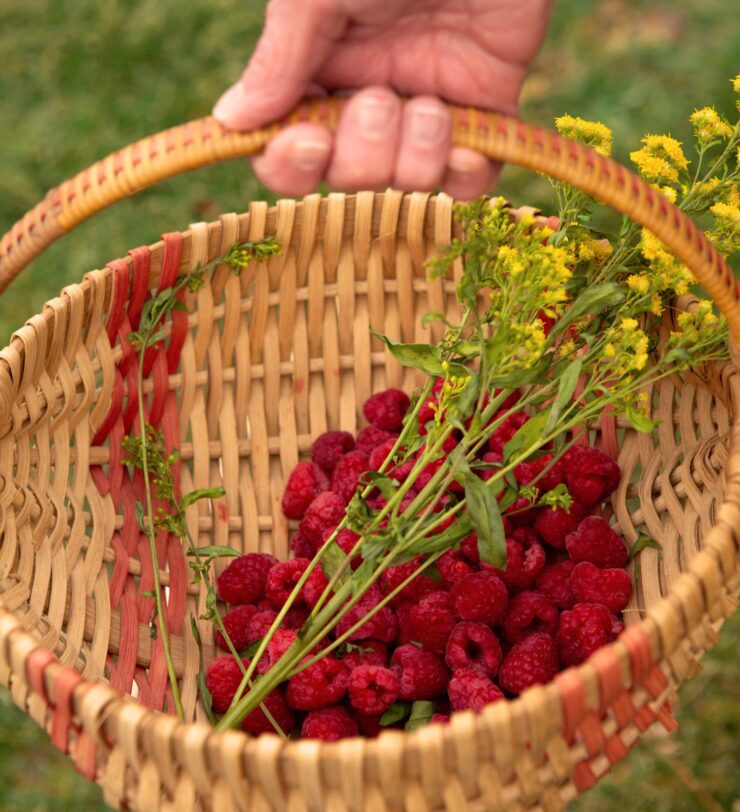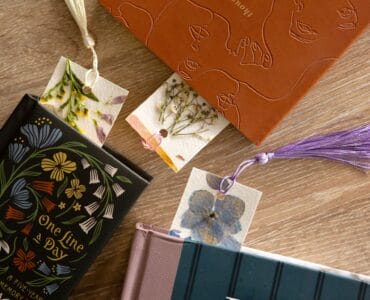Richelle Corty, an environmental educator at Wildwood Park in Harrisburg, remembers playing “Lewis and Clark” with her school-aged friends during recess —a made-up game where they imagined they were pioneers living off the land. There were many inedible concoctions prepared during their play-pretend adventures, she said, but at a summer camp several years later, Richelle learned how to actually forage edible plants from her backyard—from dandelions to yellow daylily petals.
 “I’ve always loved plants, and edible plants are my ticket to reaching others and encouraging them to want to know more,” Richelle shared. “Looking at a plant is only so good, but eating it is a much bigger draw.” During a recent presentation at Messiah Village, she did teaching and tasting, showing residents how they can add cost-effective and sustainable variety to their tables by foraging.
“I’ve always loved plants, and edible plants are my ticket to reaching others and encouraging them to want to know more,” Richelle shared. “Looking at a plant is only so good, but eating it is a much bigger draw.” During a recent presentation at Messiah Village, she did teaching and tasting, showing residents how they can add cost-effective and sustainable variety to their tables by foraging.
“Wild foraging often results in one small ingredient you can add to other items you have in your kitchen to diversify your diet and eat more locally, which is especially important in this day and age where food scarcity may become more of an issue and is certainly a hot topic,” she said. “This might add texture, color, and taste to your dishes. Growing your own produce and foraging are centuries-old ideas.”
SAFE FORAGING FINDS
Common lambsquarters: With a mild, spinach-like flavor, these leaves can be added to salads, sautéed, added to smoothies, or made into a pesto.
White pine: Pine needles are rich in Vitamin C and have a refreshing, slightly citrusy flavor that makes a tasty tea.
Daylilies: The petals of daylilies have a mild, slightly sweet flavor. You can eat them raw, add them in salads, or use as a garnish.
Wineberries: Wineberries are a sweet and versatile wild fruit that can be eaten fresh, used in baked goods, made into jams, jellies, or syrups, and even fermented into wine or liqueur.
Hickory nuts: The inside of hickory nuts can be eaten raw or roasted with salt.
Rose petals: Rose petals have a sweet, floral flavor and can be eaten raw in salads or made into jam, rose water, or a simple syrup.
Dandelions: Raw dandelion leaves can be added to salads, sautéed, added to smoothies, or dried for tea.
Violets: These flowers are sweet and floral, perfect for adding to salads, desserts, and teas, or even candied for decoration.
REMINDERS FROM RICHELLE:
- Only take what you can use and leave the rest behind.
- Forage only in permissible and safe areas.
- Wash items before consuming.
- Be mindful of nature, not taking items if doing so will damage or kill the plant.
- Stay away from mushrooms, as they can have dangerous effects if the wrong variety is consumed.





